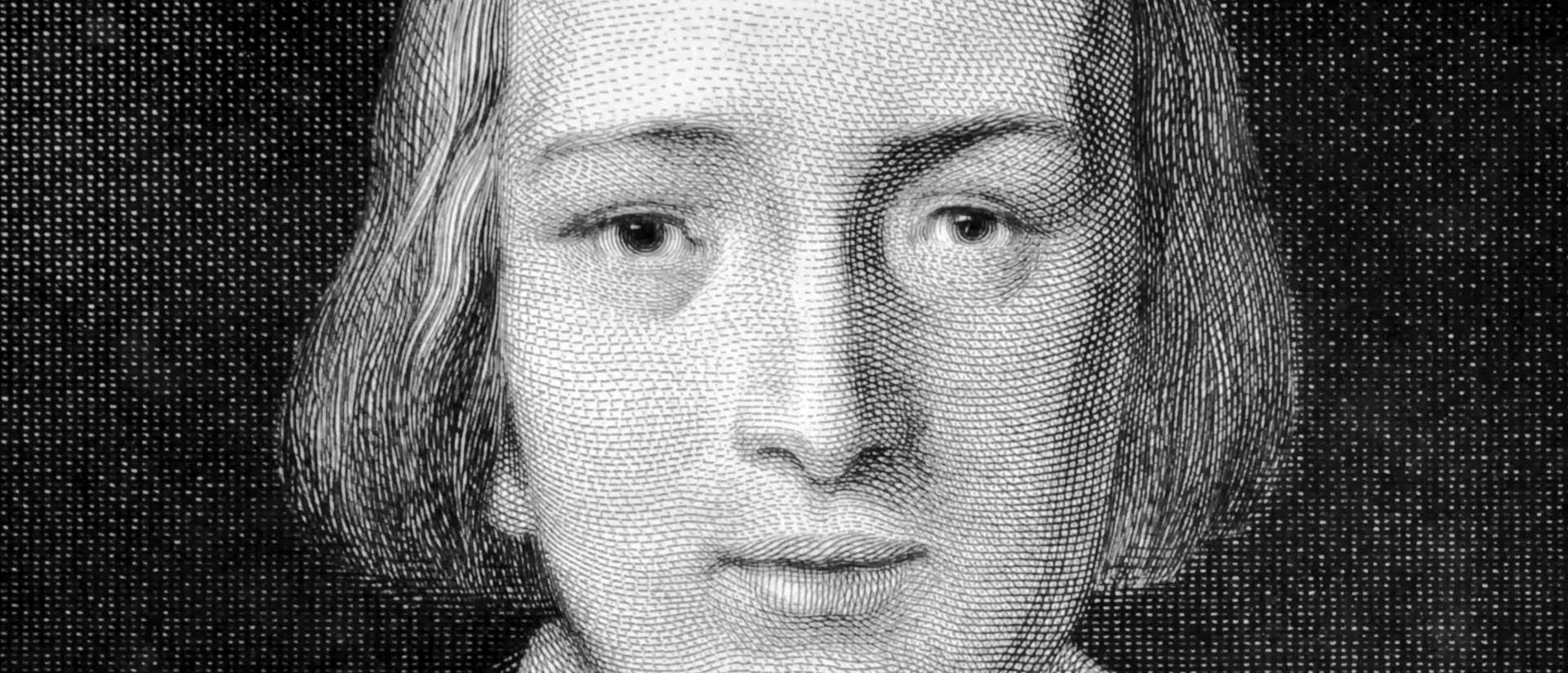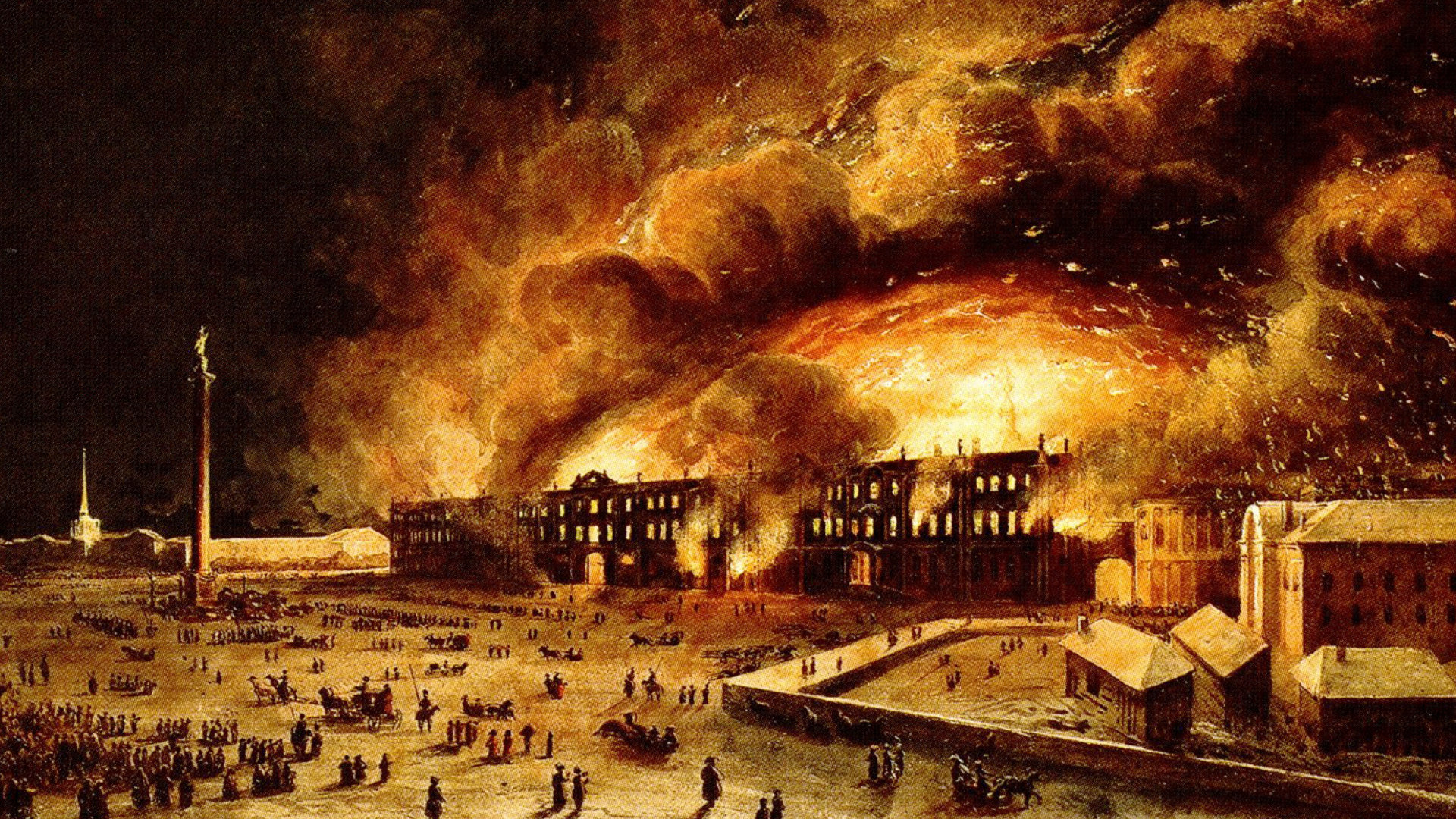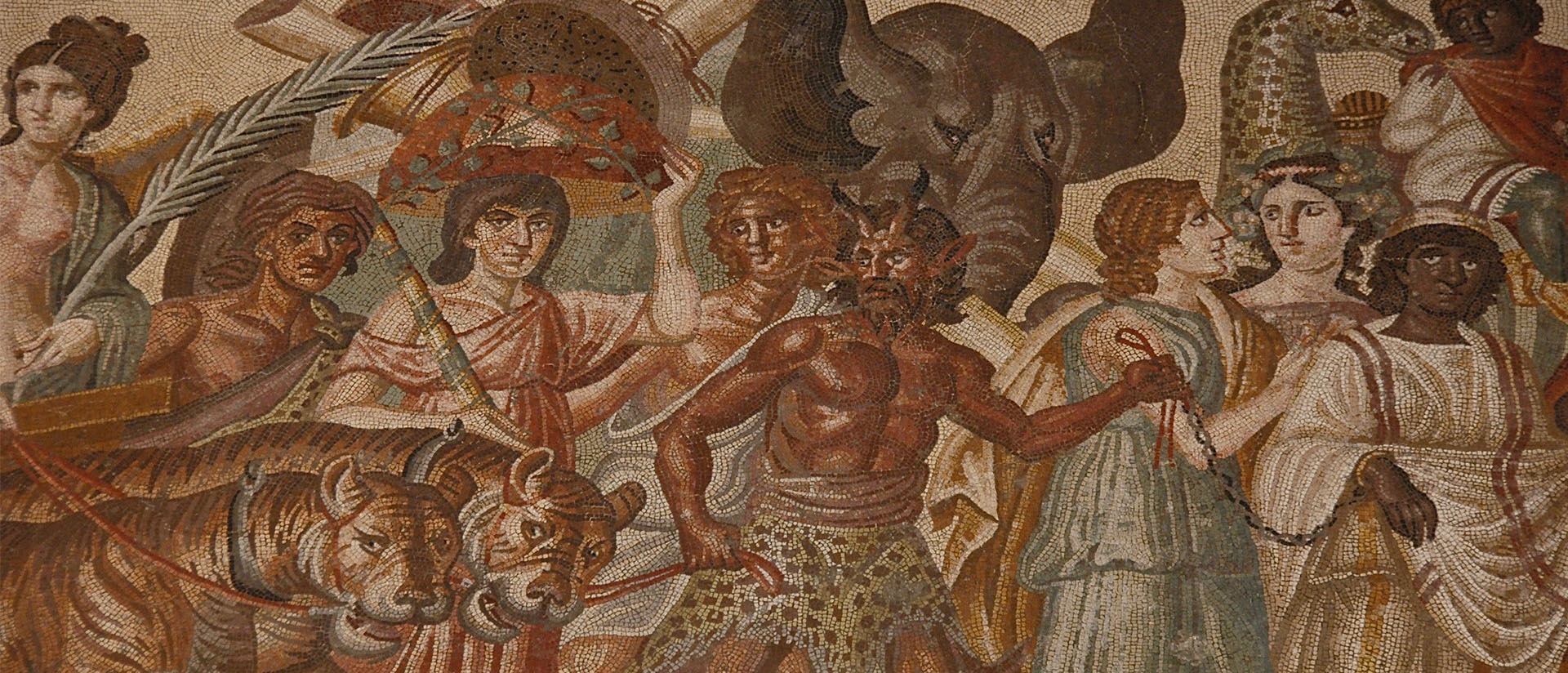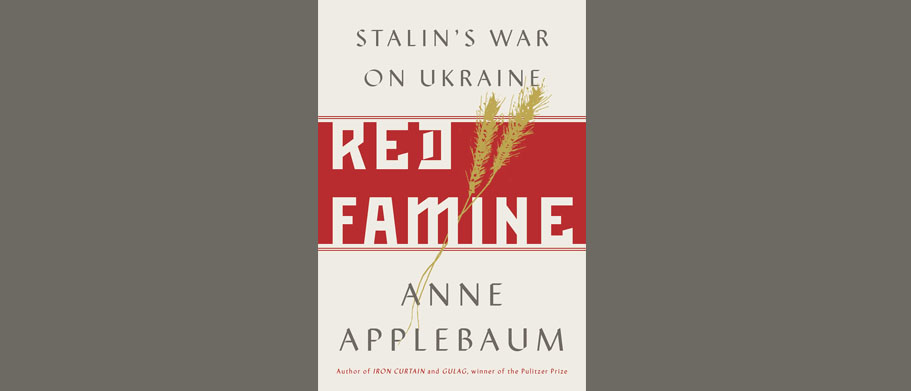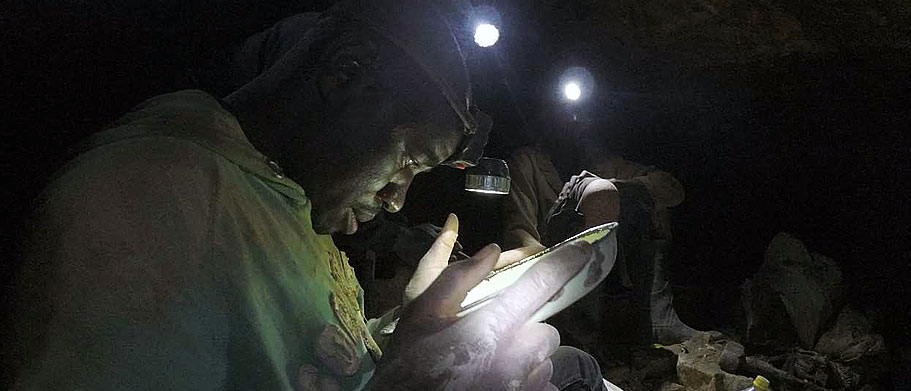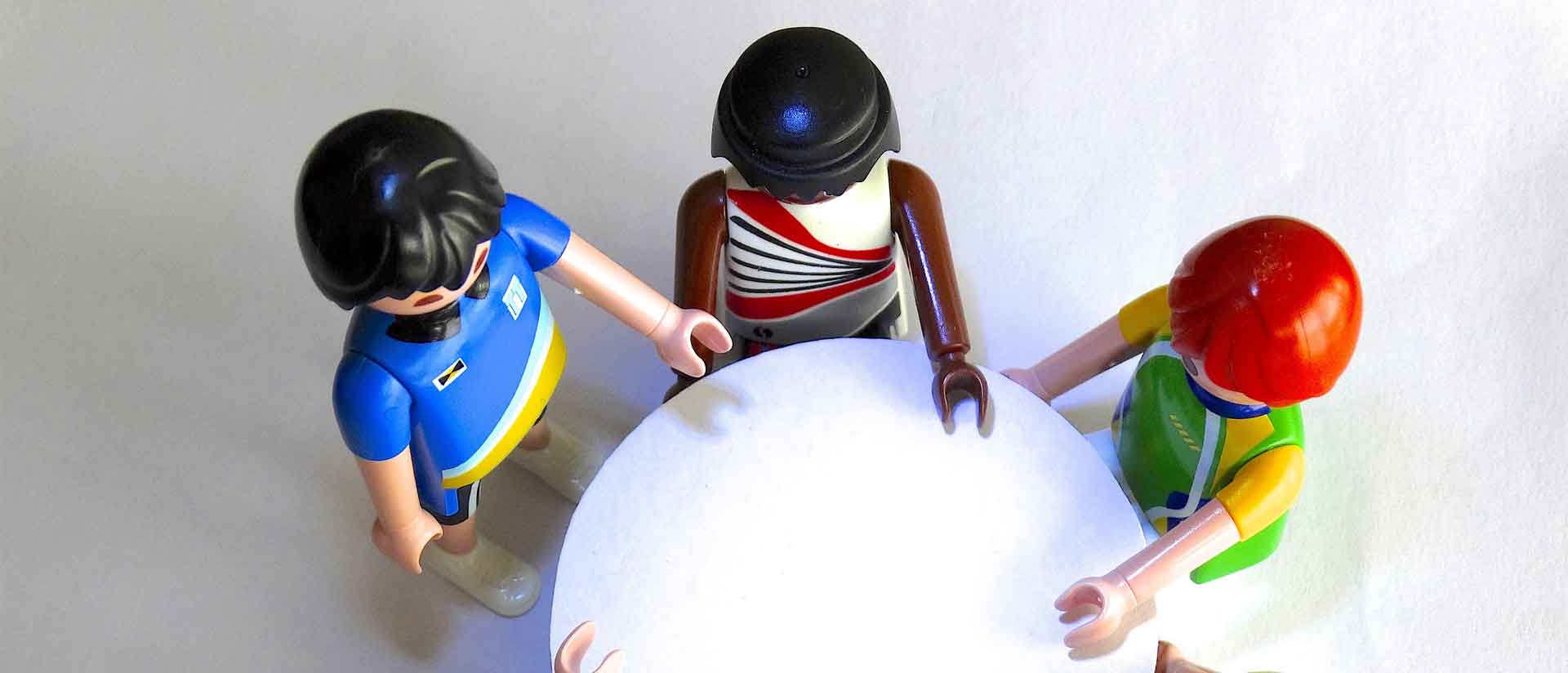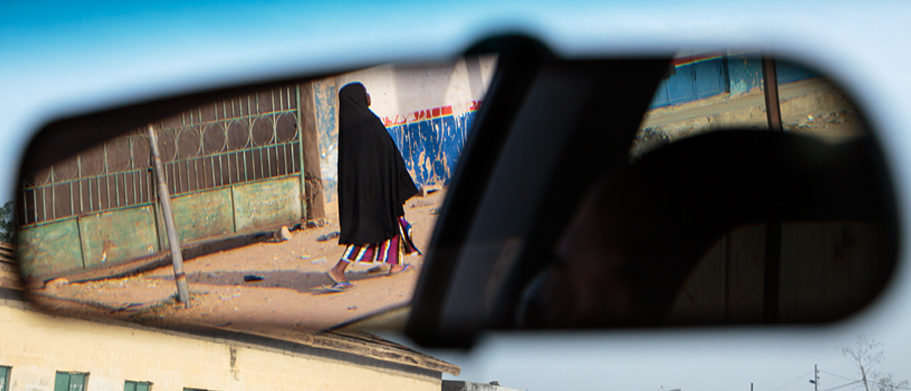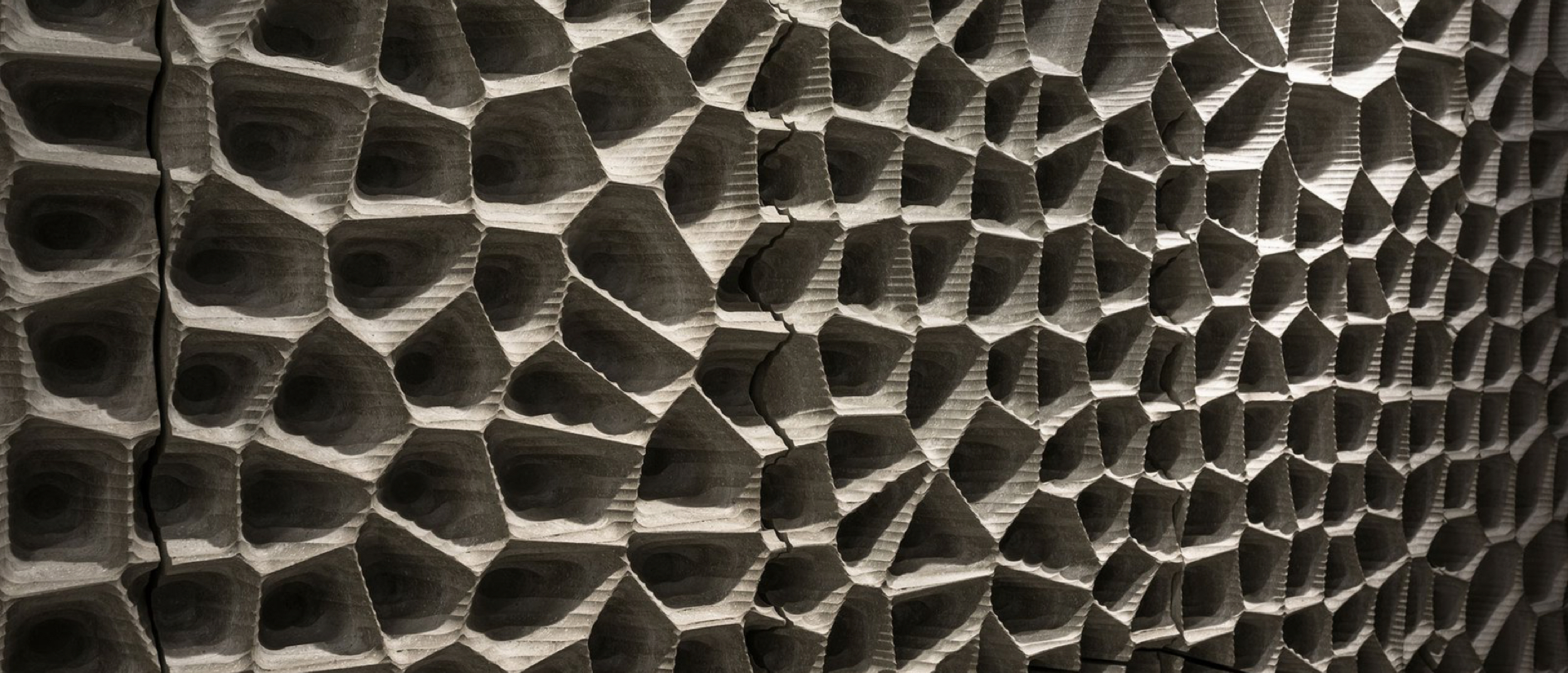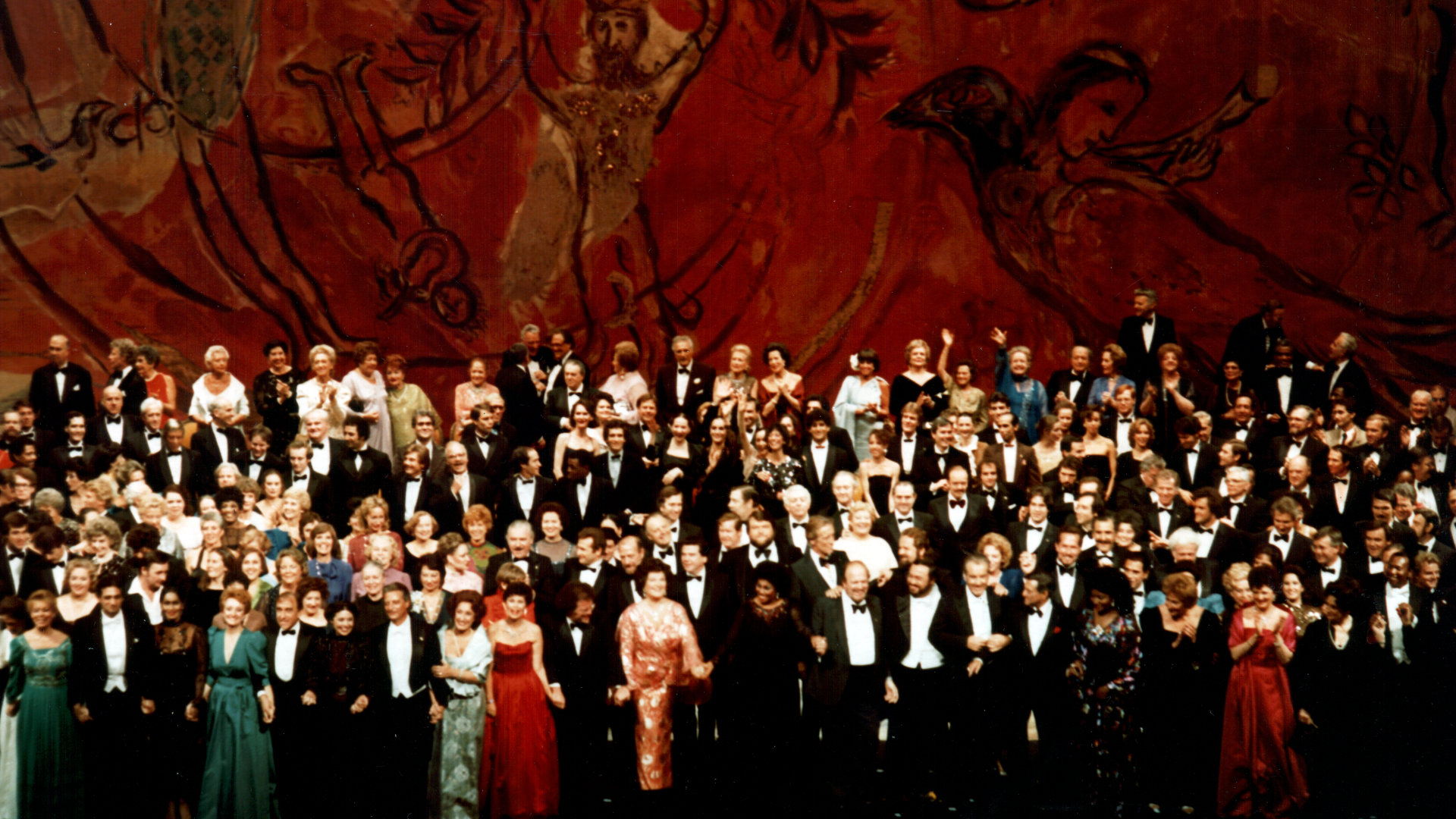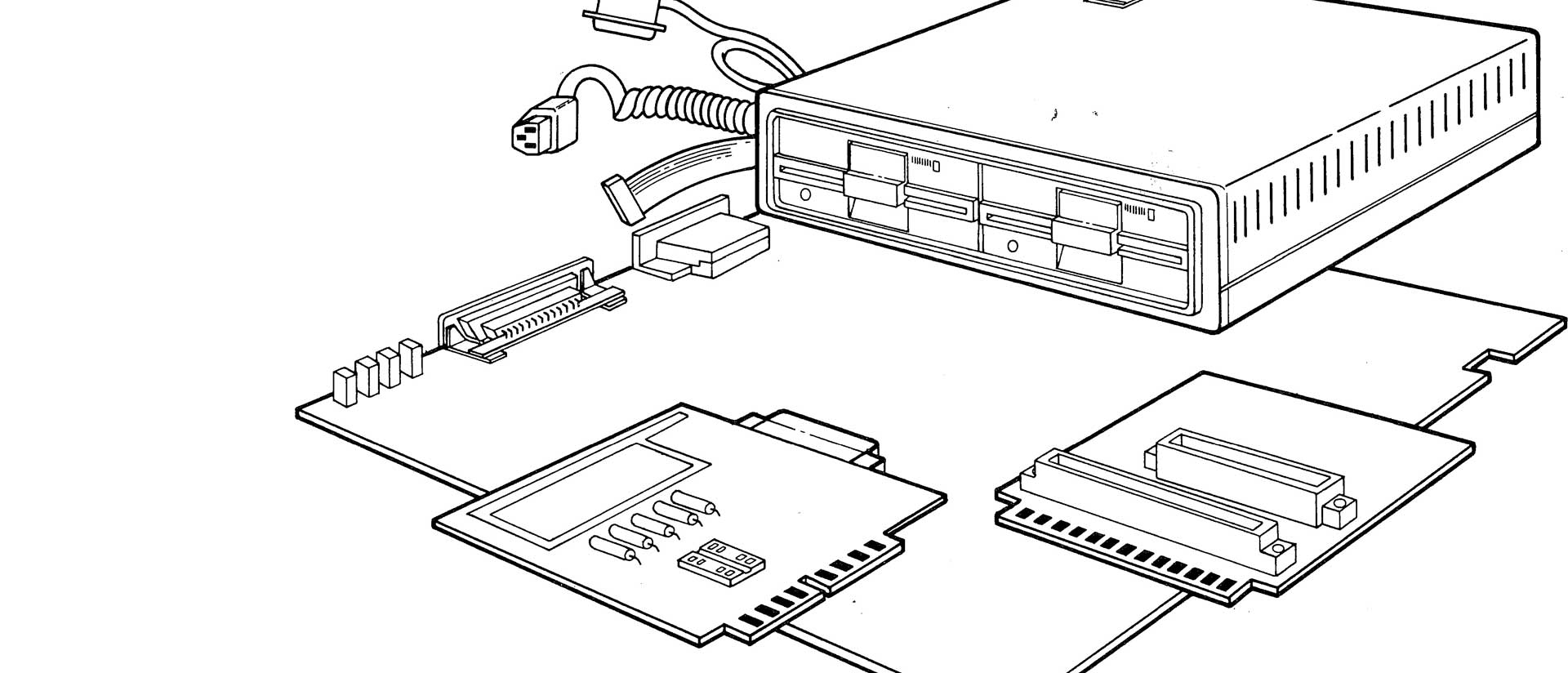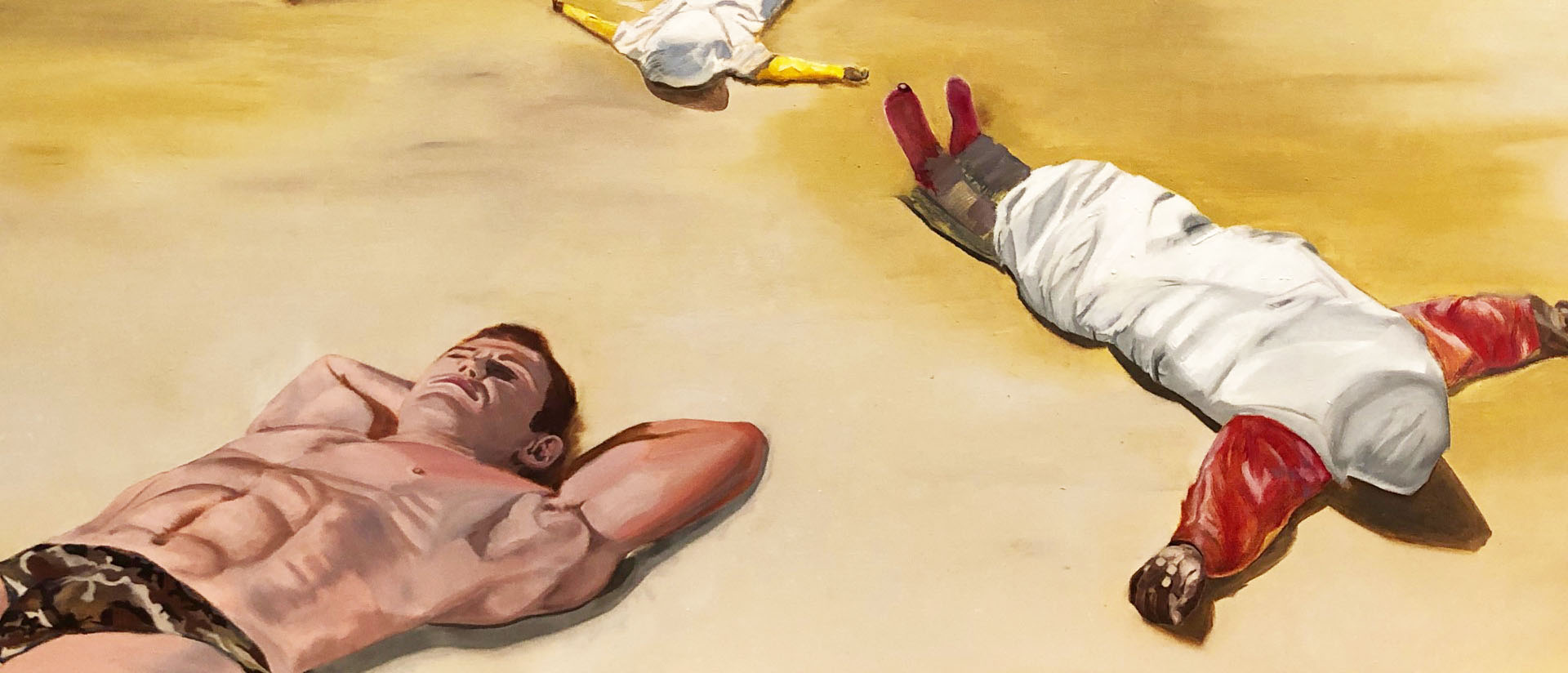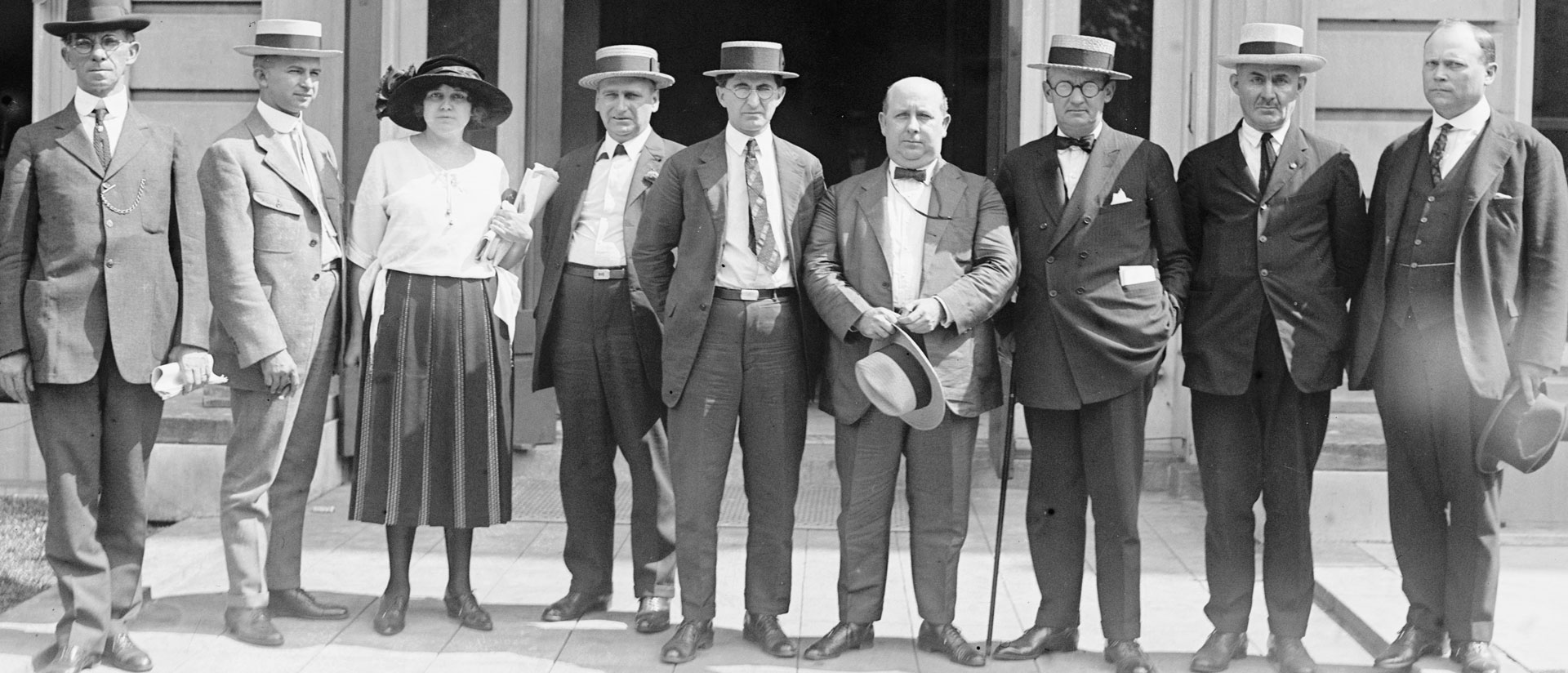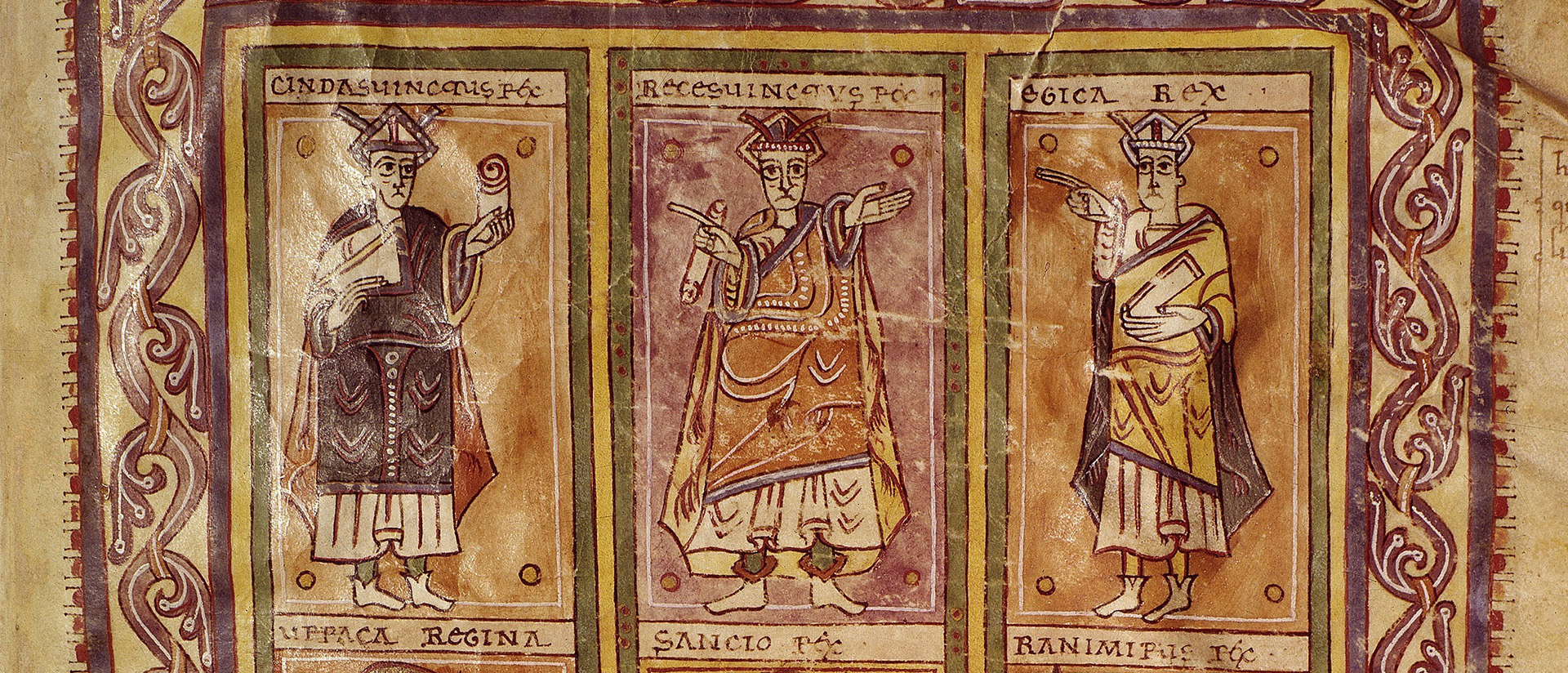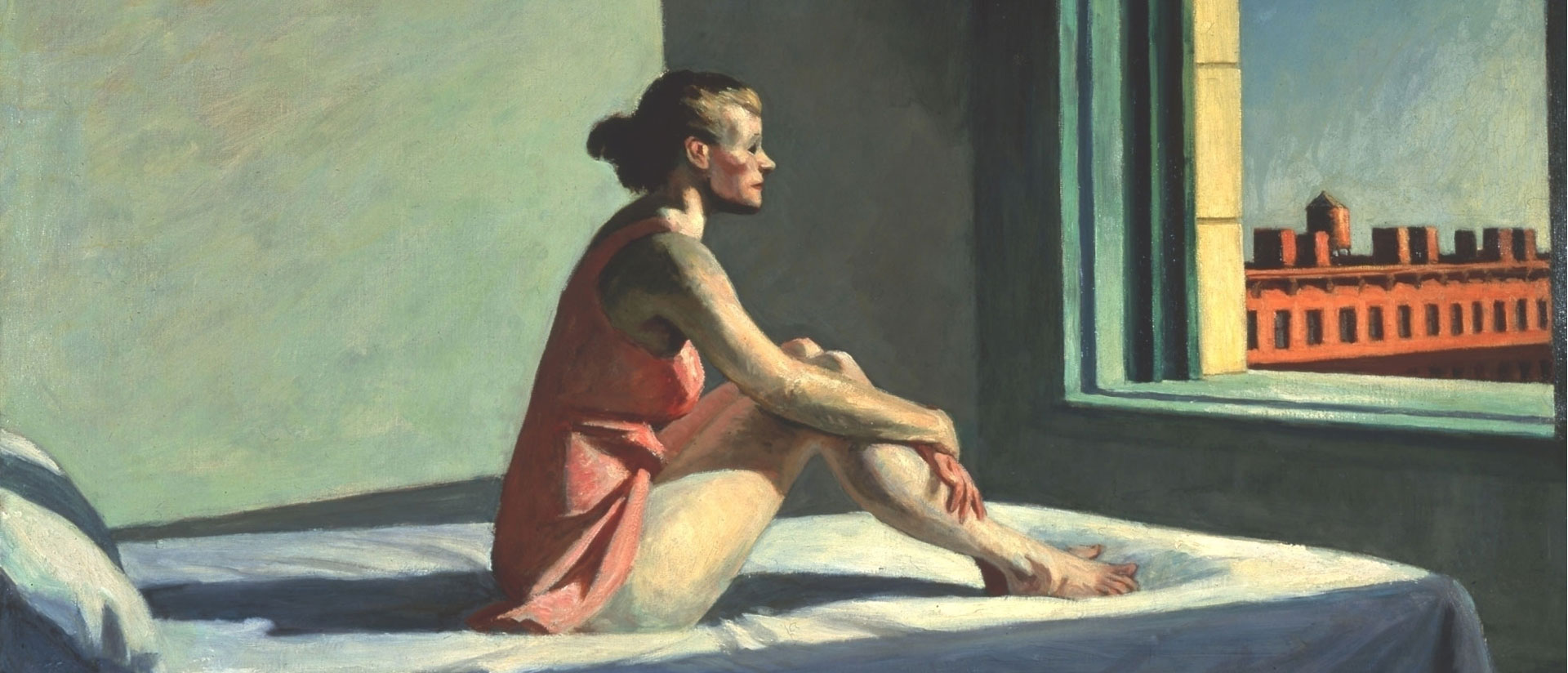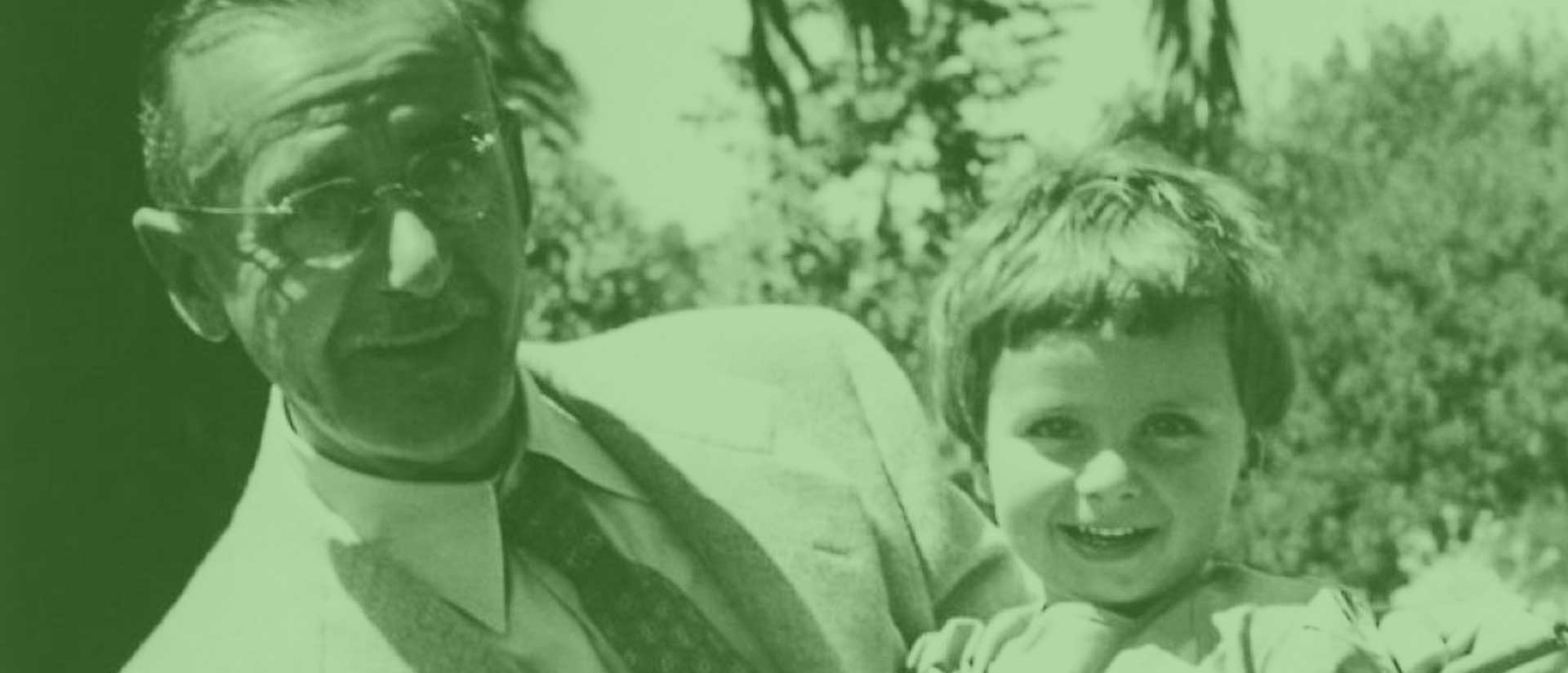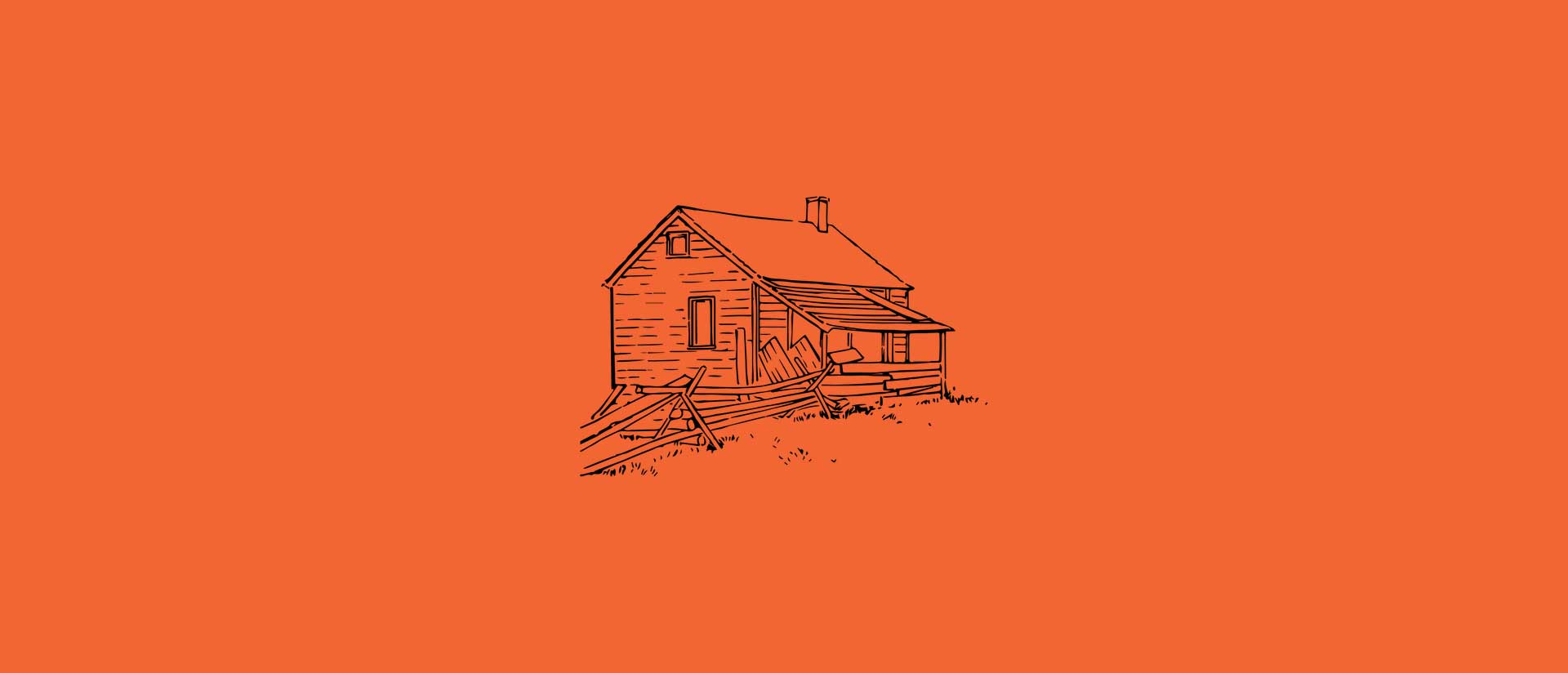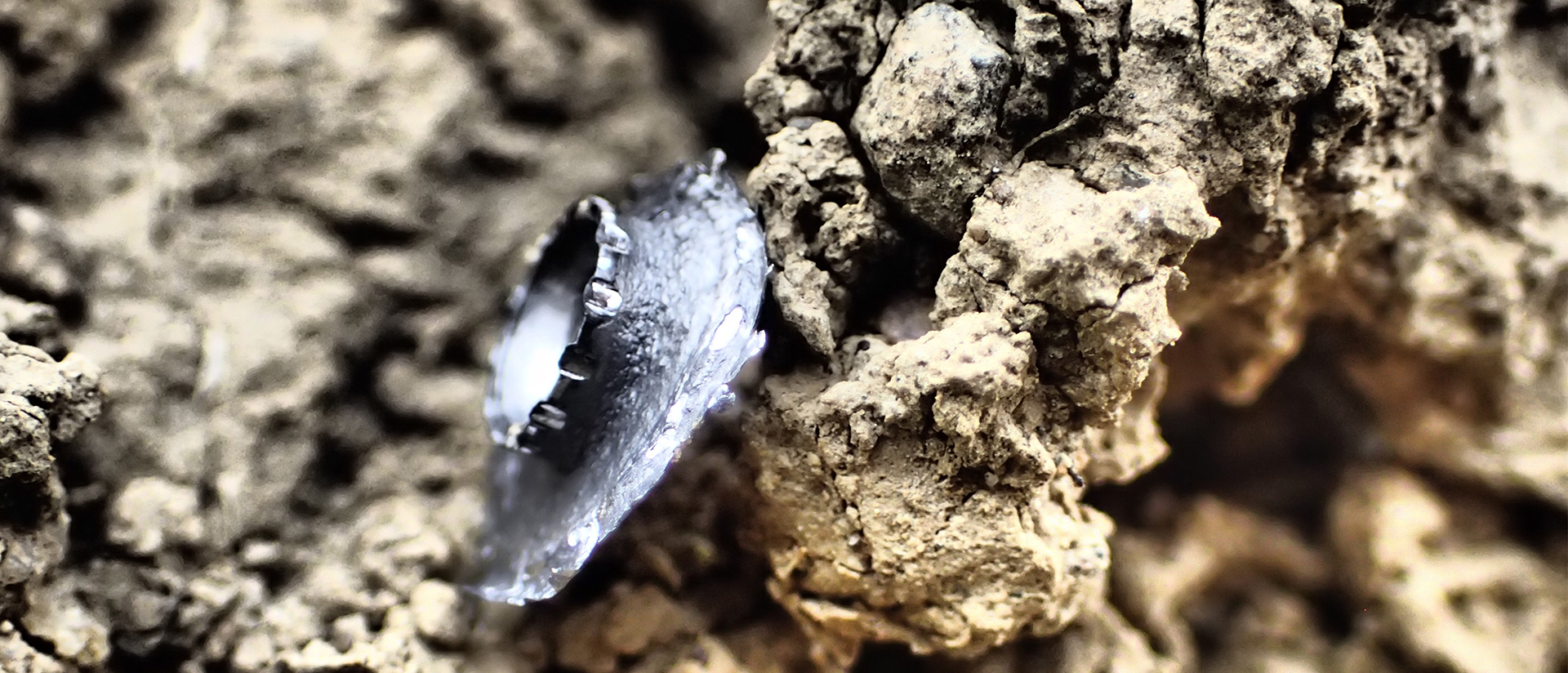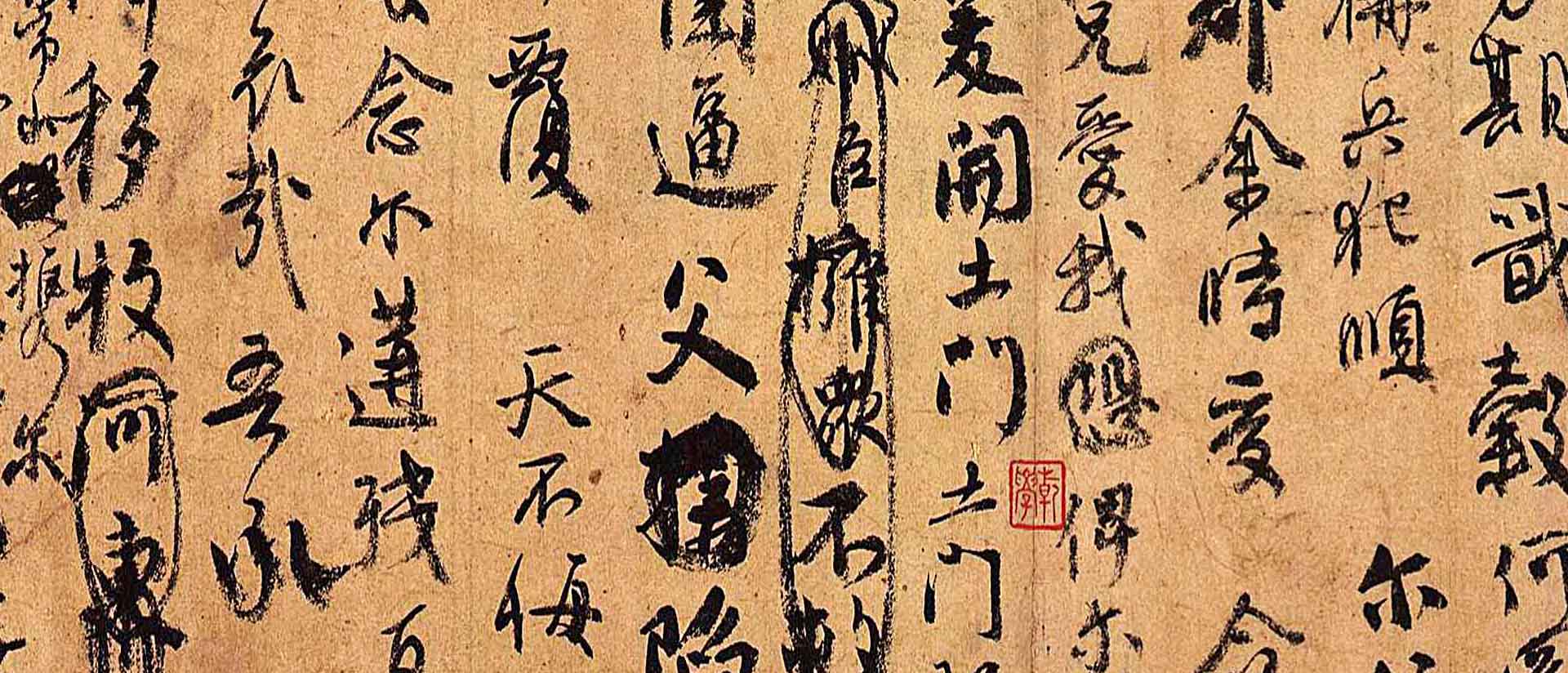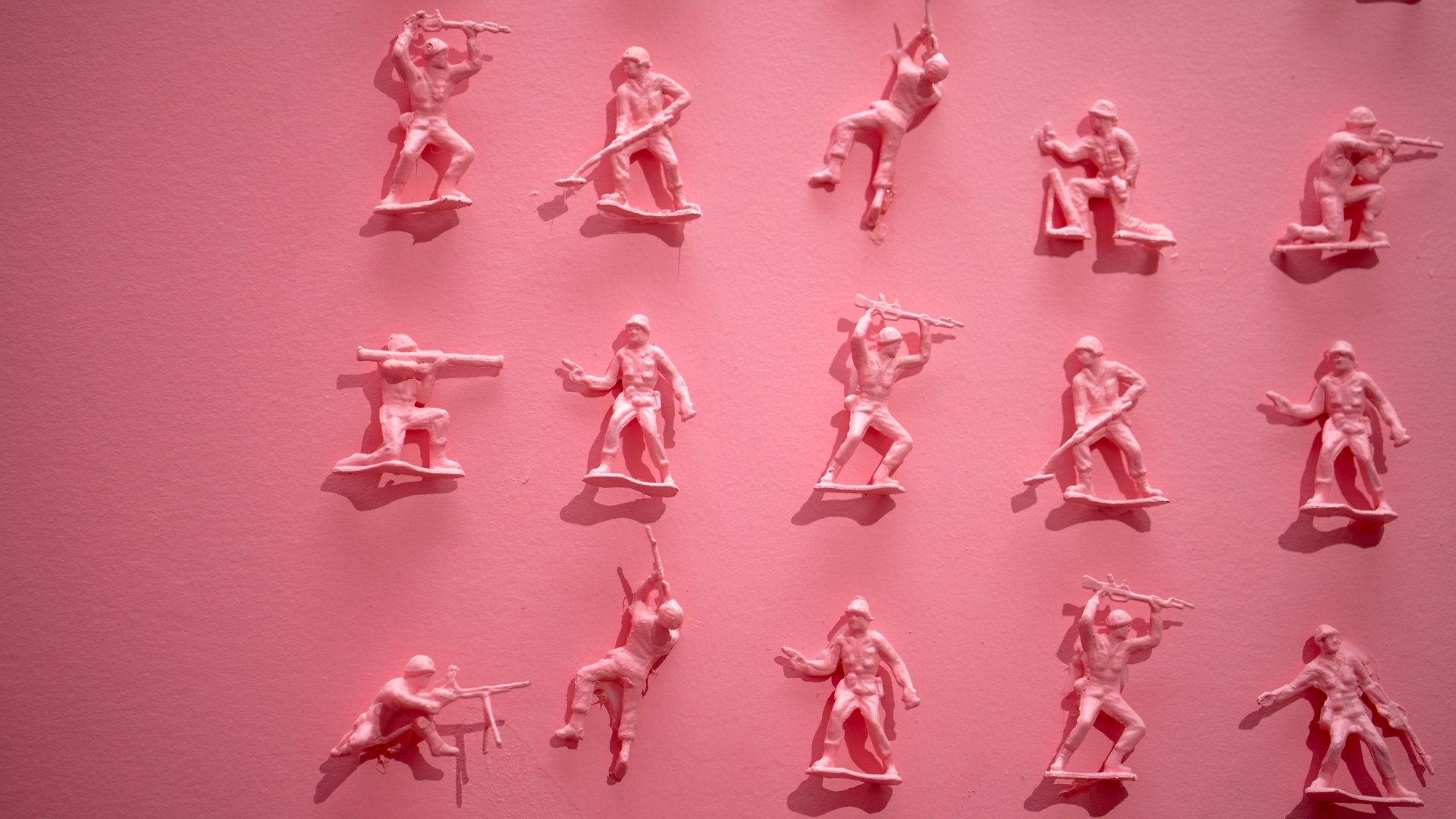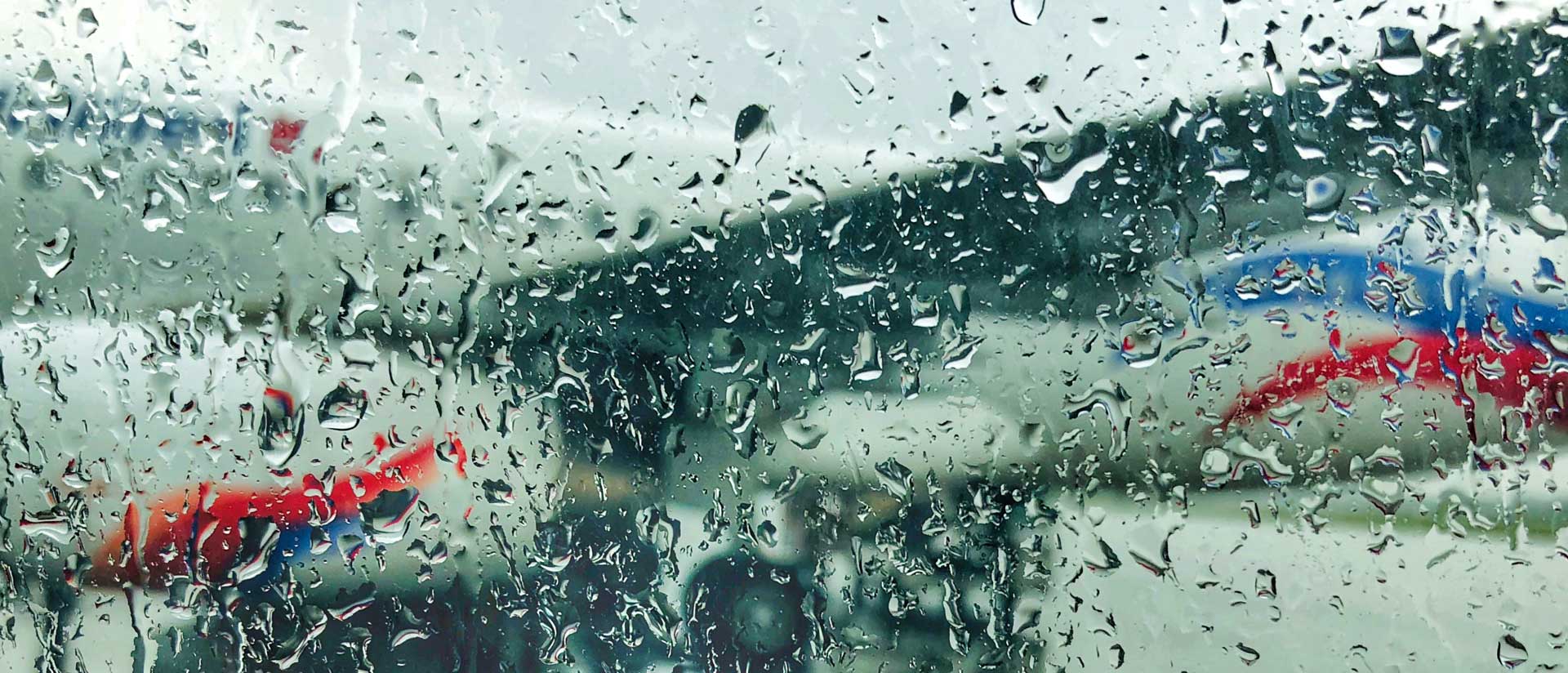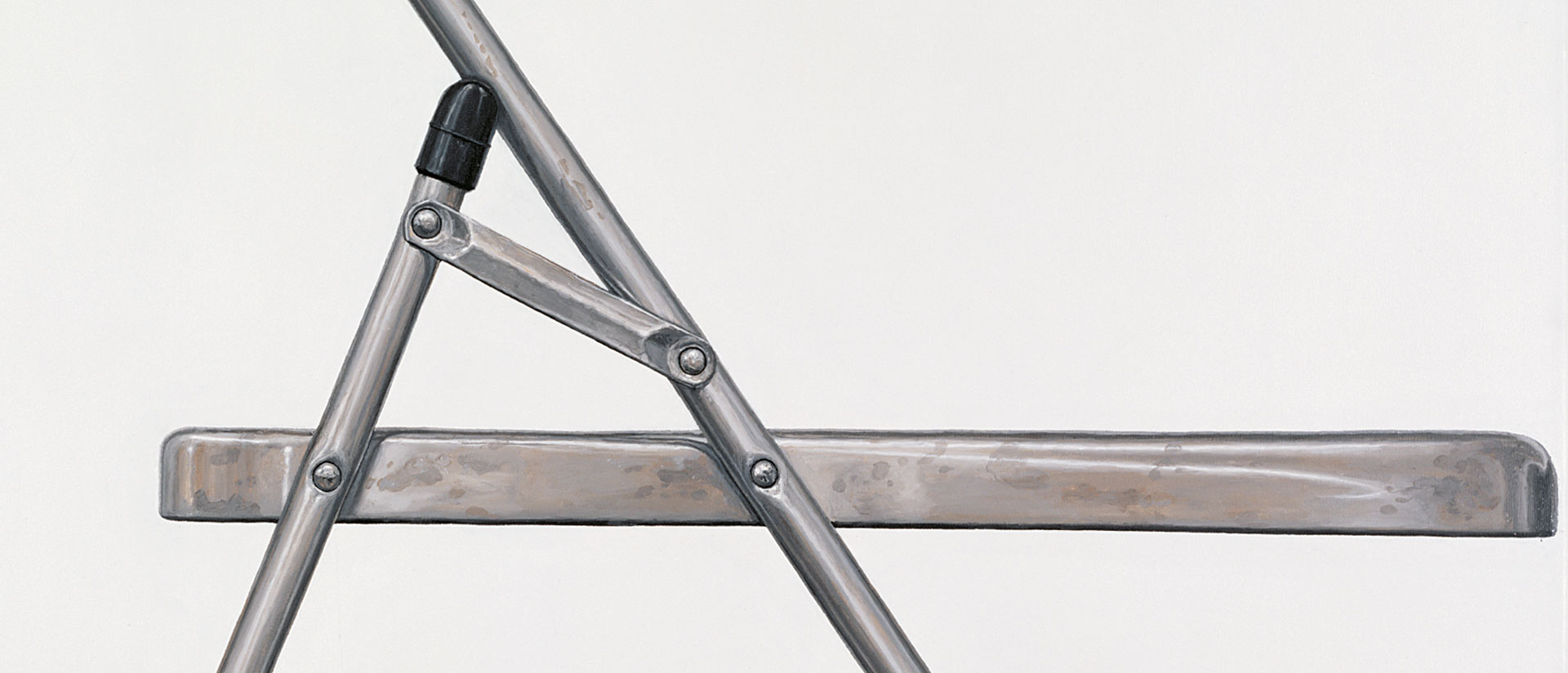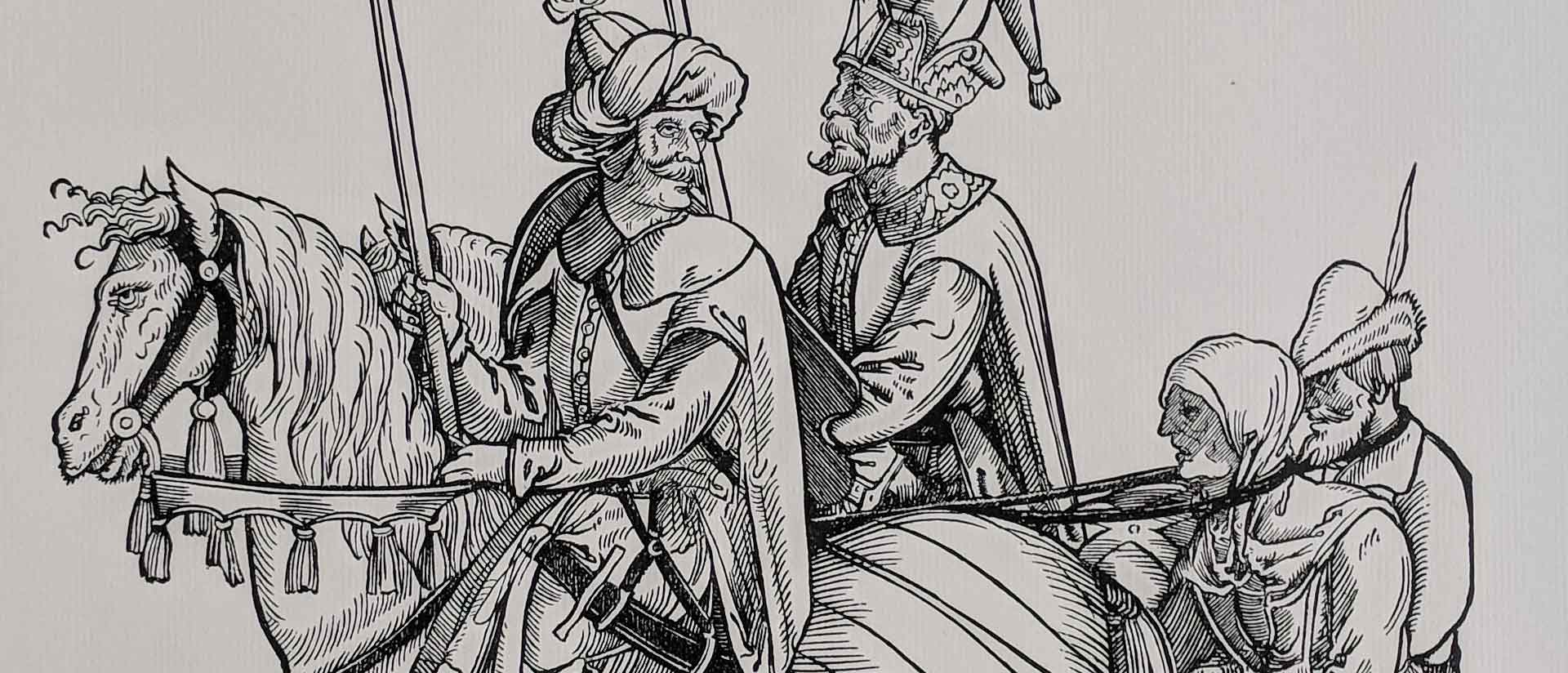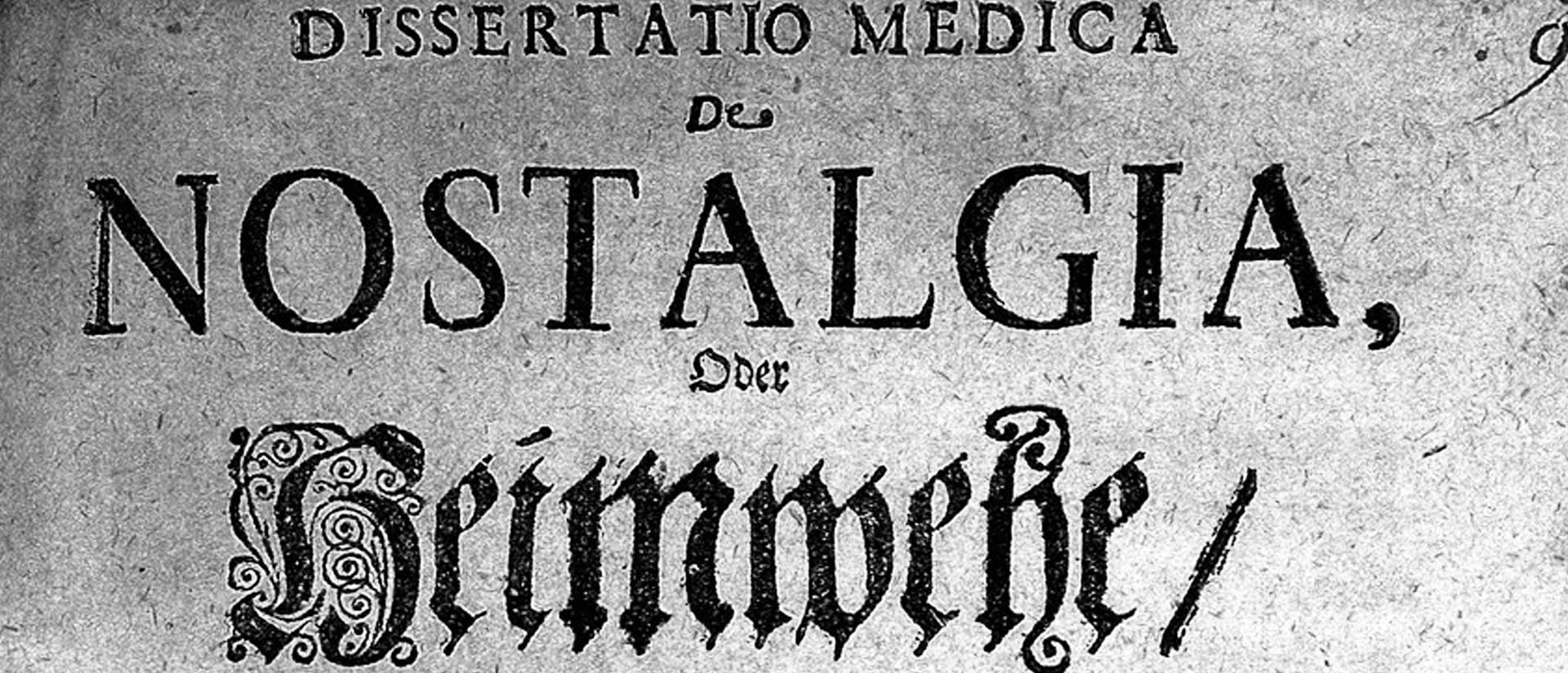
Pandemic Nostalgia
What we can learn from a seventeenth-century medical dissertation
By Dominic Boyer
The invisible virus devouring the routines and comforts of everyday life has an emotional companion: mourning for all that has been lost.
Tales of grief are circulating everywhere. Some are specific and focused, little yearnings for simple things. Some express giant feelings, the incalculable losses of loved ones and careers. But then there is also the more peregrine mode of grief, of having so many patterns of life swept away at once that it is difficult to pinpoint exactly what one is mourning. Certain qualities of loss resist words.
But the feelings recur. Like an avalanche, some memory surges out of the past and overwhelms. My best friend’s daughter will just begin to sob, not about anything in particular. My mother, long a self-proclaimed homebody, says she should be fine being shut in. But now she can’t stop thinking about going outside. By now, we’ve all been there. The past is always present in these strange days not least because the future seems so distant.
There is a name for this kind of longing—nostalgia. And before the poets and philosophers took charge of the concept, nostalgia was a diagnosed medical condition, itself a serious public health concern for more than two centuries. I want to return to where nostalgia began, because the original diagnosis of the disease offers important insights about what the world is going through now and perhaps even offers some comfort as we seek to pry a future from the jaws of pandemic.
Nostalgia came into the world at the University of Basel in 1688. Johannes Hofer was a medical student working on a dissertation. He was not even twenty years old, an ethnic German from the Alsatian town of Mulhouse, about 35 kilometers northwest of Basel. He called his project a “Medical Dissertation on Nostalgia, or, Homesickness.”
Hofer apologizes for burdening the reader with this curious new term, “nostalgia,” given that Heimweh (homesickness) is already so widely known. But he feels that Heimweh lacks medical specificity. Moreover, it scarcely conveys the seriousness of some of the fatal and near-fatal cases of homesickness that have come to his attention. Hofer explains:
Nor in truth, deliberating on a name, did a more suitable one occur to me, defining the thing to be explained, more concisely than the word Nostalgias, Greek in origin and indeed composed of two sounds, the one of which is Nostos, return to the native land; the other Algos, signifies suffering or grief; so that thus far it is possible from the force of the sound Nostalgia to define the sad mood originating from the desire to return to one’s native land.
Besides neologism, there are some other peculiarities to Hofer’s dissertation. He seems a bit preoccupied with refuting the Swiss claim that homesickness is their own national affliction, proof of some special dearness of their native land. And the physiological details are sketchy. Hofer characterizes nostalgia as an “afflicted imagination” caused when the “fibers of the middle brain” have been disturbed by the “quite continuous vibration of animal spirits.” Still, his diagnostics of nostalgia are truly fascinating.
Two case studies flesh out the specificities of the condition. The first case concerns a young student “of excellent nature” from Bern who had spent much of his youth in Basel for the sake of his studies. At first he was beset by sadness, a longing for a return to the city of his birth. Out of the sadness developed a constant fever fed by “desires of the heart.” Worse symptoms arrived daily and those who lived with him suspected death’s approach. A doctor was called in to administer a variety of medicines by enema but none appeared to help. The patient was clearly weak, half dead even, at which point it was decided that he would have to be returned to his family in Bern. No sooner was this plan settled than the tranquility of the young man’s mind improved. And just a few miles away from Basel his symptoms began to abate, improving so quickly that the young man was “his whole sane self” by the time he reached Bern.
The second case is a country girl working as a servant in a foreign town. In the course of her labors she fell, hit her head, and was so seriously hurt that she lost consciousness and had to be taken to a hospital for several days. As she regained awareness she discovered herself stranded among caregivers who were “wrangling and querulous old women.” Homesickness set in. The feeling gripped her so deeply that she refused both food and medication, wailing only “Ich will Heim!” (“I want to go home!”) until her parents were finally convinced to allow her to return home. Once reunited with her family, Hofer testifies, “within a few days she got wholly well, entirely without the aid of medicine.”
This yearning for the return home is the essence of nostalgia. Yet Hofer remarks that he is actually flexible as to what the disease should be called. He offers two alternative neologisms: nostomania and philopatridomania. The blurring of algos and mania, grief and obsession, is telling. In many ways, it is easy to read into Hofer’s thesis a premonition of later research on psychopathology. For example, in Freud’s theory of neurosis, a traumatic memory or pathological idea often becomes a gathering point for psychic energy in ways that generate all manner of seemingly unrelated psychic maladies and physiological symptoms.
Yet nostalgia isn’t a universal psychic condition according to Hofer. He is certain that some people are more susceptible than others. For example, young people and adolescents who have been sent for extended stays in “foreign lands with alien customs.”
The young are less equipped to handle the misfortunes and troubles of living abroad, Hofer suspects, and thus are particularly susceptible to becoming fixated on the “charm of the Fatherland.” They often did not choose to go abroad, rather were sent there. Over time, cultural differences grind against them: “foreign manners, diverse kinds of food, make for them injuries to be borne, and various other troublesome accidents, and one might add six hundred other things.”
Those suffering nostalgia typically have already experienced disease or some other misfortune that reminds them of their vulnerability and distance and that eventually feeds an obsessive desire to return home. You know nostalgia is coming on when you encounter people who frequently wander about sad, who scorn foreign manners, who make a show of the delights of their places of origin.
It may seem as though Hofer is just describing routine pathologies of nationalism. And, in a way, he is crafting an image of the psychic health of home contrasted to the constant irritations and unknowns of other places. But one also has to bear in mind that what counted as competing Fatherlands in Hofer’s time could be nothing more than two Swiss towns a few dozen kilometers apart. The idea of “Fatherland” captures the security and familiarity of one’s hometown.
Little is known of the young Dr. Hofer’s life. But one gets the sense from his writing that he is intimately familiar with the emotional burden of nostalgia. At 19 years old, living far from his own native town, Hofer would have known personally the precarity of living far from his family. And he wasn’t alone in suspecting that extended travel could create physiological harm. Long before Hofer’s dissertation, the damage of dislocation had been documented by doctors treating soldiers and refugees during the Thirty Years’ War, which had wreaked havoc across Central Europe. War eventually proved to be one of the most reliable vectors of nostalgia. As late as the American Civil War, over five thousand cases of nostalgia were medically documented among soldiers.
The epidemiology of nostalgia is a commentary on the pain of social dislocation. Hofer is obsessed with dislocations of place; others, for example the philosopher Immanuel Kant, were convinced that nostalgia is grieving for time, especially one’s youth. Reading between the lines of Hofer’s thesis one gets the sense from the case studies that the afflicted are suffering the loss of comfort, familiarity and above all closeness to relations who care for them. If nostalgia was about “returning home,” it was about returning to the metaphorical home of care and comfort.
All these kinds of loss speak to our present grieving. Shut in at home—or forced to work in fear—we mourn comforts we can no longer assume, routines we can no longer reenact. Everyone is missing someone they want to hug without shame. Many joyful forms of sociality have become taboo and the kinds of virtual interaction that remain often leave us feeling dissatisfied, even exhausted. Under these circumstances who can blame us for yearning for the past?
I want to end on a positive note and with a modest suggestion for self-care in these trying times. Remarkably enough, Hofer stumbled on to a cure for nostalgia without appearing to realize it. Throughout the text he continually asserts that the only treatment for the afflicted is to actually, physically return to their place of origin. Obviously, return to the pre-pandemic world is not a luxury currently available to us.
But listen to the story with which Hofer ends his dissertation:
Thus not long since it was told me by a Parisian that he himself had a Helvetian bound servant who was sad and melancholy at all times so that he began to work with lessened desire; finally, he came to him and sought dismissal with insistent entreaties, of which he could have no hope beyond him. When the merchant granted this immediately, the servant changed from sudden joy, excused from his mind these phantasma for several days, and after a while remained in Paris, broken up no longer by this disease.
What Hofer drops as a kind of afterthought actually contains the key to reimagining the entire diagnosis. The freed Helvetian longed not for a return to his place of origin—even though this is what both he and his master were convinced afflicted him—he longed instead for the right to determine his own future. Having won that right, he surprised all parties, including doubtless the young Dr. Hofer, by remaining happily where he was.
There is a lesson here for coping with pandemic nostalgia. We feel trapped in the present and have convinced ourselves that we are yearning to return to the pre-pandemic lives we knew. But maybe what would actually make us feel better is claiming the right to make a better future.
An obsession with returning to the past conveniently disregards that our pre-COVID lifeworld was also deeply troubled, verging on catastrophe even. My day job is studying the social impact of climate change. The world that the pandemic interrupted was on an ecocidal trajectory that we should be in no hurry to restore. That same world was also beset by deep social and economic inequality, by rising extremist movements, by the burden of a literal white “Fatherland” of gender and racial hierarchy, and, as Hofer would say, “six hundred other things.”
We didn’t choose to be here in this pandemic so we have every right to mourn our disempowerment. And that we all need comfort and care right now is indisputable. But I think there will be less melancholy if we can use this time to focus energy and attention on bringing a better future into focus, one that does not fall back into the grooves of the past. As soon as it’s possible to do so, let’s make that better future, and commit to returning to a different world.


